Wildfire smoke could impact US again as Canada braces for another fiery summer
With numerous wildfires burning across Canada, including about 40 that remain out of control, meteorologists said conditions are stacking up for a replay of last year's fire season when thick smoke wafted down to the United States, turning the skies over New York City orange and its air quality hazardous.
More than 130 wildfires are now burning in multiple provinces of Canada, mostly in the western part of the country, according to the Canadian Interagency Forest Fire Centre.
Earlier this week, smoke from the Canadian wildfires drifted across the border into the United States, prompting Minnesota officials to issue the state's first air quality alert of 2024.
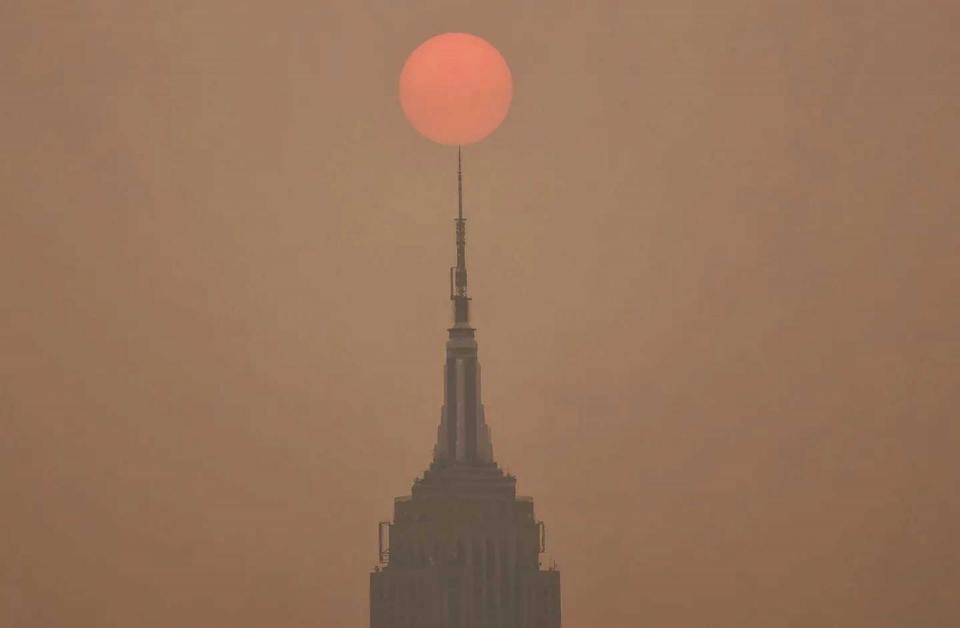
"As of right now, it is very hot, it is very dry. Parts of northern Alberta, northern British Columbia and the southwestern and northwestern territories are experiencing some significant fires as a result of very, very dry conditions," Jennifer Smith, the national warning preparedness meteorologist for the Meteorological Service of Canada, told ABC News. "These conditions are expected to continue into the spring and summer season."
She said Canada had one of its warmest winters on record with low to non-existent snow in many areas.
Asked if smoke from the fires could again carry down to the East Coast of the United States, Smith said, "Absolutely."
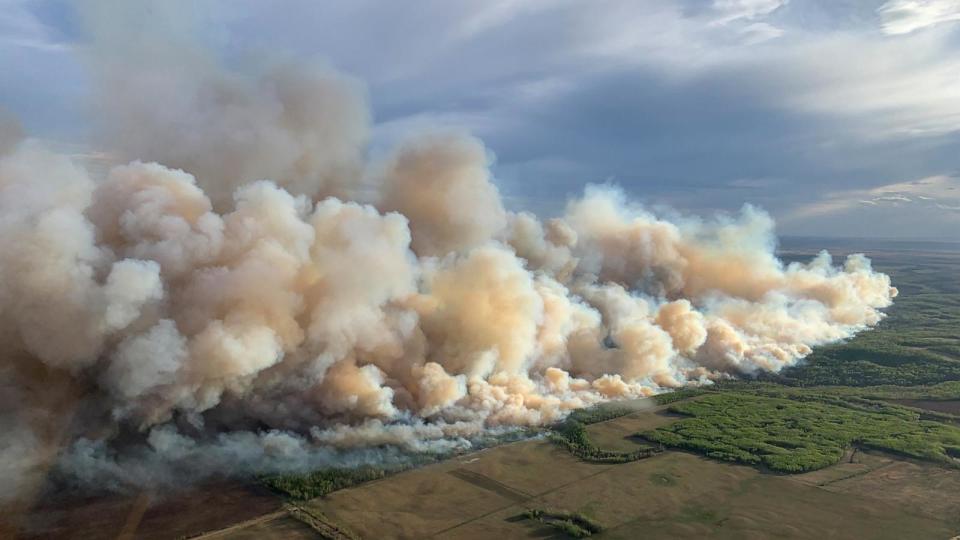
"It's entirely possible," she went on. "It all depends if the forest fires develop in those regions, and then you'll need winds to be aligned with the timing for the fires for that smoke to [drift] south into the United States. So, a couple of things have to come together for it to happen, but it is not impossible."
Canada recorded its most destructive wildfire season on record in 2023 when more than 7,100 blazes burned more than 42 million acres of wildland.
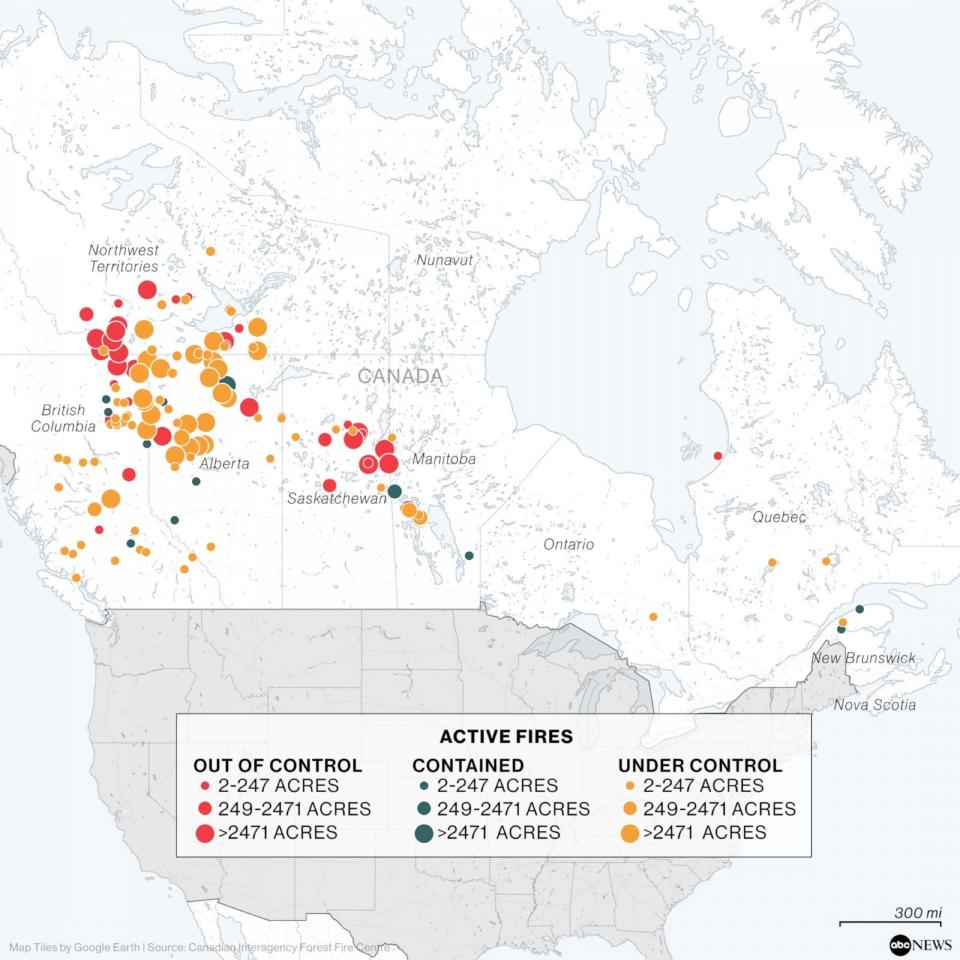
Last May and June, smoke from the wildfires burning near Halifax, Nova Scotia, on the eastern side of Canada, sent plumes of smoke across the border and down the Eastern Seaboard, cloaking New York City and the Tri-State area in an orange haze for days, prompting residents to wear face masks outdoors and leaving New York City and other metropolises like Detroit with some of the worst air quality in the world.
MORE: Canadian wildfire smoke preparedness: How to make a DIY air purifier
"It was an unlucky combination of events that came together that allowed the smoke to funnel into the United States and be seen and experienced so vividly," Smith said.
Kristina Dahl, the principal climate scientist at the Union for Concern Scientists, a U.S. nonprofit science advocacy organization, told ABC News that back-to-back years of drought across much of Canada is prompting an early start to the fire season. She also said many of the fires are being brought on by "zombie fires," which are fires that were never fully put out and reignited this month with the return of warmer weather.
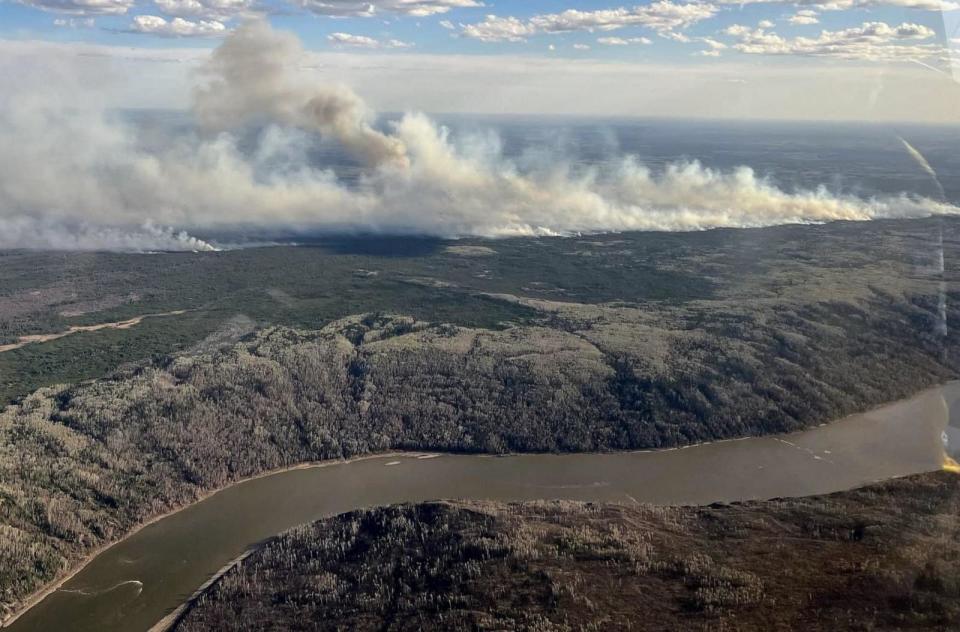
"These are fires that have embers that are smoldering over the course of the winter. Rain could help to alleviate that, but if it's dry you're not fully putting those fires out during the season when firefighters are taking a well-deserved rest," Dahl said.
Dahl said the lack of precipitation from the extreme drought is also causing dry lightning strikes that are sparking wildland fires in remote areas that are inaccessible to fire crews.
"That's the same setup as we had last year when there were record-breaking fires across the country," Dahl said.
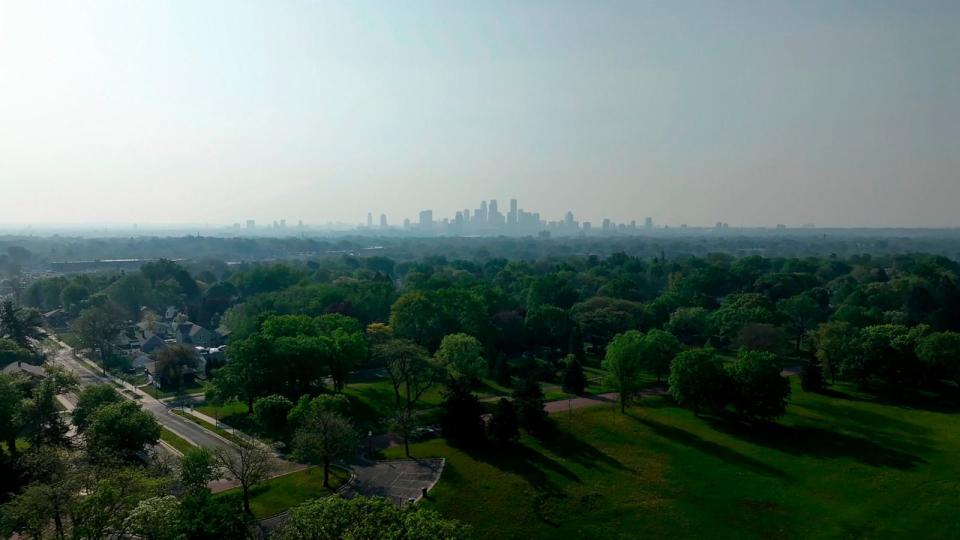
Dahl said the difference between last year's fire season and what is occurring now is that more fires were burning in the eastern part of the county.
"So far from what I've seen this year, we still are having more of a western fire situation. We're not seeing the level of fires that we were seeing last year in the eastern provinces," Dahl said. "But it's still early in the wildfire season, and the forecast for the next few months from the Canadian government suggests there's above average fire weather risk for much of the country."
MORE: Toronto, New York and Washington blanketed by smoke from Canadian wildfires
Dahl added, "It remains to be seen what will happen with eastern Canada. But whether it's in the west or the east, because of atmospheric circulation patterns, the smoke can come into the United States."
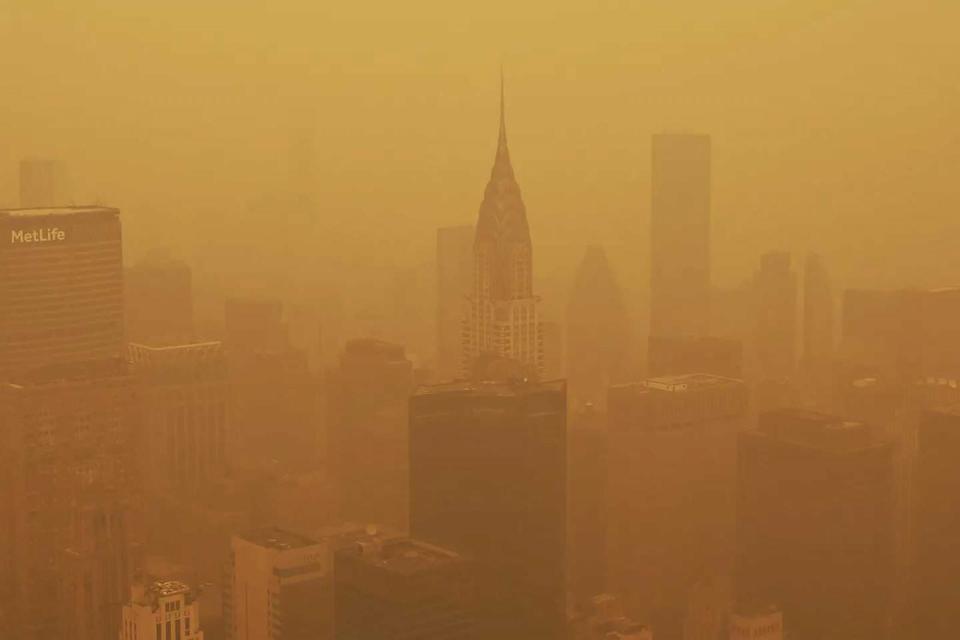
Smith said another "unique weather pattern" that occurred last year was the sustained high winds that fanned the flames and drew smoke into the U.S.
"Quebec and Ontario do see their share of forest fires each summer, but the prevailing wind or the direction the winds typically travel in that part of the country is to the east or the northeast," said Smith, adding that last year the weather pattern held in place long enough to allow the smoke to move south into New York and other parts of the U.S.
Smith said a cooler weather system is moving into the Alberta and British Columbia areas this week and could bring "a little bit of precipitation."
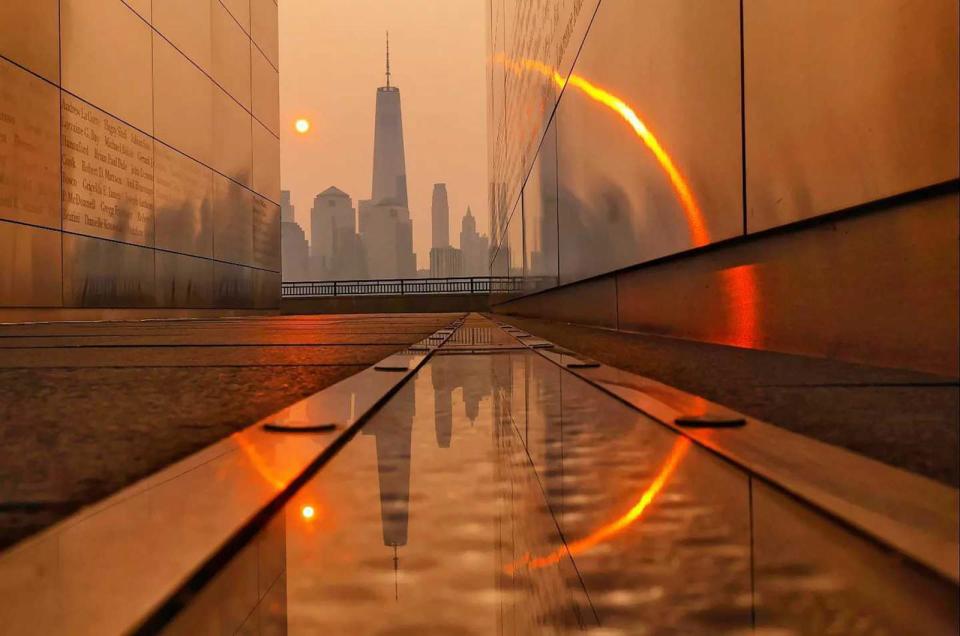
She added, "But with it comes the risk of thunderstorms as well. There's also a chance of some gusty winds which might make things worse."
One of the biggest fires is burning in British Columbia near the town of Fort Nelson, which has been evacuated. That fire, which started Friday, has spread to more than 32 square miles and is also threatening the Fort Nelson Indian Reserve, officials said.
Dahl said the Canadian wildfires are the result of climate change and signals the need to cut greenhouse gas emissions, which trap heat and cause global warming.
"What all our climate models show is that the more we warm the planet the worse the fires are going to get," Dahl said. "When we're thinking about what we need to do and what we can do to address the problem of worsening wildfires, we really need to be thinking with that long-term hat on. It's going to benefit our children and our grandchildren if we make those emission cuts starting now."
ABC News' Daniel Manzo and Kenton Gewecke contributed to this report.
Wildfire smoke could impact US again as Canada braces for another fiery summer originally appeared on abcnews.go.com

